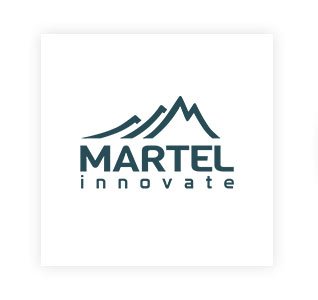Martel at the Mobile World Congress 2016
The party is about to start, let's try to make the best out of the Mobile World Congress experience! Each and every year the Mobile World Congress show becomes more and more interesting and captivating, also for small and medium innovation players like us. Just by looking...
Read MoreRead More Horizon Europe
Horizon Europe



